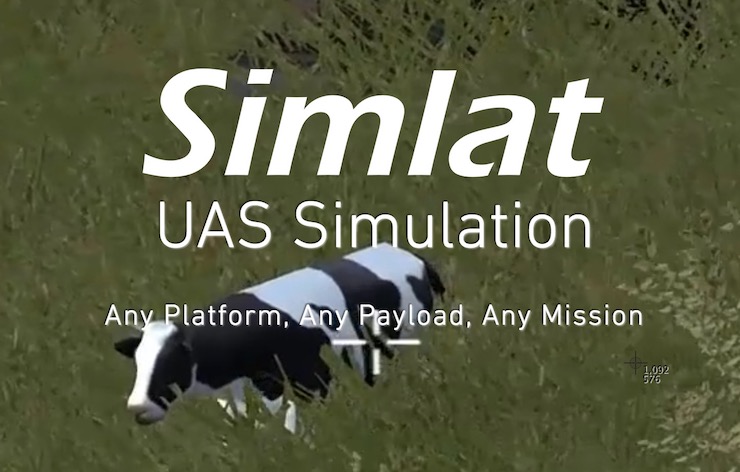
For those interested in toy or hobby drones there is no real training needed. You can just get a drone, read the manual, and most come ready to fly. For those looking to use drones for commercial purposes they must first obtain a Part 107, the license from the FAA that states you have mastered all the rules and regulations that govern drone flight. There are plenty of study guides and courses to help prepare potential drone pilots for the exam. There are also plenty of courses to teach people how to physically pilot a drone. But as the FAA has begun preparing to make adjustments to drone regulations that meet the ever growing technology and demands of drones, they needed a way to simulate drone operations. Which is why they have recently partnered with Simlat, a company that creates UAS simulation training models.
Simlat was founded in 2004 in Petach Tikva, Israel by Yuval and Roy Peshin, both graduates from Tel Aviv University. Yuval got his BSc in Electrical Engineering in 2002 and a Masters in Executive Programing for Diplomacy and Security in 2010. Roy received his BSc in 2006 for Physics and Astronomy. Within a decade of building their UAS simulation systems, their training program was being used by over 50 UAS systems. In 2018 they were recognized by Insight Success as one of the most trusted UAS simulation providers, being used by over 100 UAS systems. In the beginning of 2020 Simlat announced that they will be providing the FAA with simulation systems.
As explained on their website, “Simlat is a leading provider of innovative, next generation training solutions for Unmanned Aerial Systems (UAS). These training solution systems enable training for any platform, payload, and mission. Simlat’s systems provide an astounding UAS training experience that boosts performance and safety while dramatically decreases risk and expenses.” What this means is that anyone building a drone platform can first test their product in a safe simulation. As drones are becoming more common place in commercial sectors this is critical. Currently Simlat provides simulations for drones in marine, agriculture, mining, inspection, construction, security, anti poaching, counter UAS, and search and rescue operations. The programs they have are called C-STAR, INTER, IMPACT, TALIS, POLARIS, PANEL, and COSMOS. Each of these simulation programs give users up close training for all aspects of drone flight from takeoff and landing, traffic management, and all flight operations. Each can also be customized to meet the individual needs of each user.
The simulation program that the FAA will be using is Simlat’s INTER program. Simlat explains this simulator as “a system composed of an instructor station connected to a real UAS Ground Control Station (GCS) or Operator Control Unit (OCU) which provides a highly realistic environment, with advanced mission and instructional capabilities.” The program can easily be integrated with the systems the FAA is already using, giving the FAA a complete means of training and testing drone equipment and regulations. The FAA has seven drone testing facilities throughout the United States. Simlat’s program will be used at the Federal Aviation Administration William J. Hughes Technical Center( WJHTC), at the Atlantic City International Airport, New Jersey. This testing site is called The NextGen Integration and Evaluation Capability ( NIEC ). The FAA describes it as, “the FAA ‘s research platform to explore, integrate, and evaluate NextGen concepts through simulation activities resulting in concept maturation and requirements definition. The NIEC complements the unique NAS facilities and aviation based equipment located at the WJHTC.”
At NIEC, with programs like Simlat’s INTER simulation, the FAA hopes to build a more comprehensive drone systems and regulations model. This can ultimately lead to drones being used with even greater flexibility in commercial markets. One of the main areas of interests for this testing process, and everyone in the commercial drone industry, is to find an actionable means of implementing BVLOS (Beyond Visual Line Of Sight) drone operations. Right now drone technologies are constantly improving, but because the FAA has yet to fully test all the safety ramifications, the next wave of drone use is at a standstill. Through the use of simulation testing the next stage of drone possibilities should be upon us soon.
|